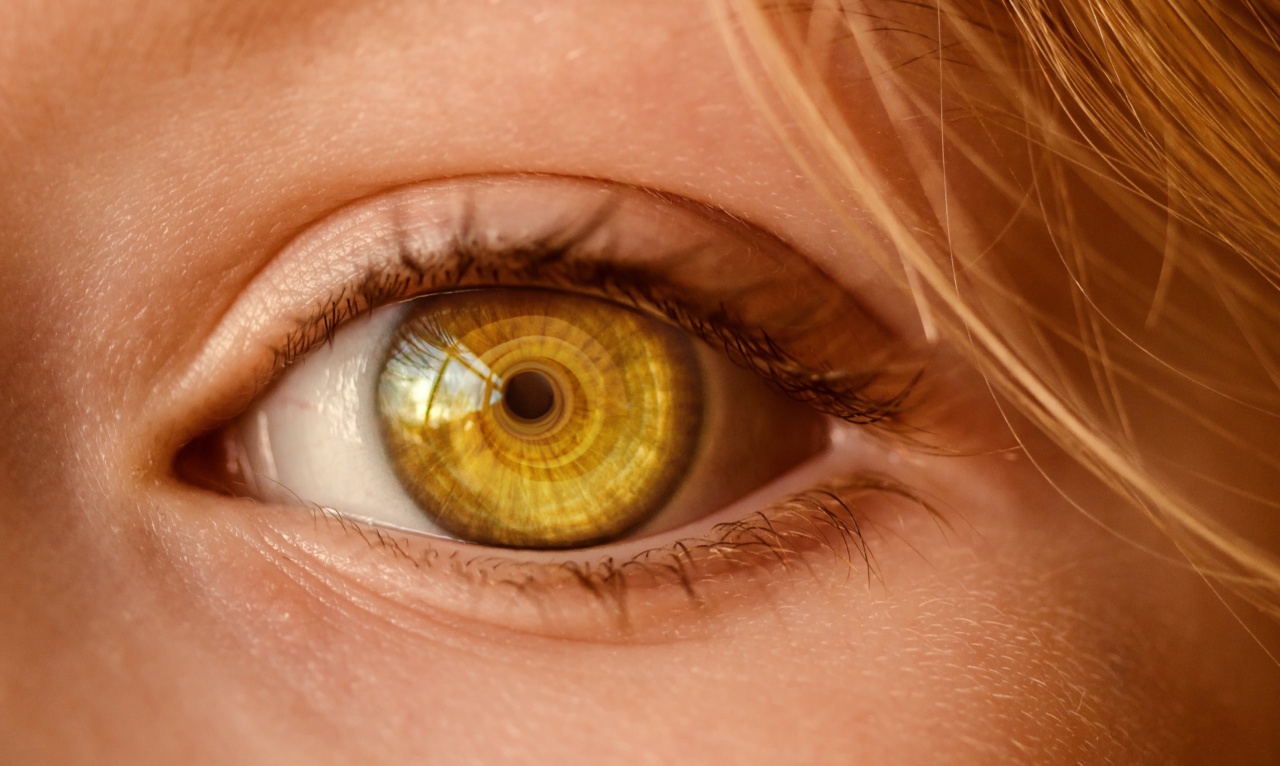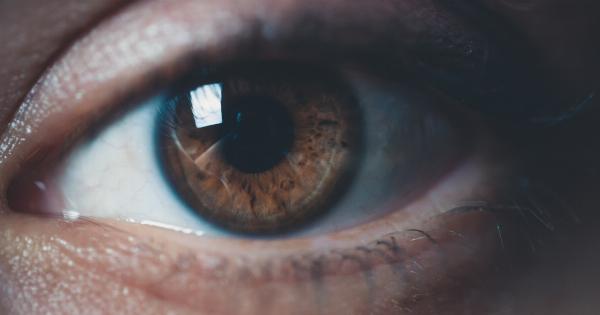Vision is one of the most essential senses, allowing us to navigate the world around us. However, our eyes are vulnerable to various conditions and diseases that can put our vision at risk.
Recognizing the early warning signs and symptoms can be crucial in preserving and protecting our eyesight. In this article, we will discuss some common symptoms to look out for that could indicate potential vision problems.
Blurred Vision
Blurred vision can occur for various reasons and is a common symptom of many eye problems. If you find it difficult to see objects clearly or if your vision seems hazy or out of focus, it might be an indication of an underlying eye issue.
Blurred vision can be caused by refractive errors such as nearsightedness, farsightedness, or astigmatism. It can also be a symptom of more severe conditions like cataracts, diabetic retinopathy, or macular degeneration.
Eye Pain or Discomfort
If you experience frequent eye pain or discomfort, it could be a sign of an eye infection or inflammation. Conditions like dry eyes, conjunctivitis (pink eye), or uveitis can cause soreness, redness, itching, or a burning sensation in the eyes.
Sensitivity to light (photophobia) often accompanies these symptoms.
Double Vision
Double vision, or diplopia, occurs when you see two images of a single object instead of one. This condition can be a result of eye muscle weakness, problems with the cornea, or issues with the nerves controlling eye movements.
Double vision can also be associated with serious medical conditions such as multiple sclerosis or stroke. If you experience sudden or persistent double vision, it is essential to seek immediate medical attention.
Flashing Lights or Floaters
Flashing lights or floaters are tiny specks or cobweb-like shapes that seem to float across your field of vision.
While they are often harmless, an increase in the number or sudden appearance of flashing lights or floaters could indicate a retinal tear or detachment. These conditions require prompt medical intervention to prevent vision loss.
Loss of Peripheral Vision
If you notice a gradual or sudden loss of your peripheral vision, it could suggest the development of conditions like glaucoma, retinal detachment, or optic nerve damage.
Peripheral vision loss is often challenging to detect initially as it occurs gradually over time. Regular eye exams are essential in identifying any deterioration in your peripheral vision.
Eye Strain and Headaches
Prolonged screen time or performing tasks that require intense focus can strain your eyes and result in headaches. Eye strain and associated headaches can be a sign that you need refractive correction, such as wearing glasses or contact lenses.
It is recommended to take regular breaks, practice the 20-20-20 rule (looking at something 20 feet away for 20 seconds every 20 minutes), and ensure proper lighting to reduce eye strain.
Loss of Central Vision
Loss of central vision can significantly impact your ability to read, drive, or recognize faces. It can be a sign of macular degeneration, a condition that affects the central part of the retina responsible for sharp and detailed vision.
Macular degeneration is the leading cause of vision loss in individuals over the age of 50. If you experience a sudden or gradual decline in central vision, consult an eye care professional for a comprehensive eye examination.
Difficulty Seeing in Low Light
If you struggle to navigate in dimly lit environments or find it challenging to adapt to changes in lighting conditions, it could indicate an issue with your vision.
Difficulty seeing in low light can be a symptom of cataracts or a vitamin A deficiency, both of which affect the clarity of vision and the ability to see in low-light situations.
Excessive Tearing
Excessive tearing or watery eyes can occur due to various factors, including environmental irritants, allergies, or blocked tear ducts.
However, it can also be a symptom of a more severe condition, such as a corneal infection, glaucoma, or a foreign object trapped in the eye. If tearing persists or is accompanied by pain, redness, or vision changes, it is important to seek professional care.
Color Blindness
Color blindness is a genetic condition that affects the perception of colors. Individuals with color blindness have difficulty distinguishing certain colors or shades.
While most color blindness is inherited, it can also be acquired due to certain diseases or medications. If you consistently struggle to identify or differentiate colors, it is advisable to consult an eye care professional for a comprehensive assessment.
Conclusion
These are just a few common symptoms that could indicate potential vision problems. If you experience any of these symptoms, it is important not to ignore them and seek professional advice.
Regular eye examinations are crucial in maintaining good vision health and detecting any underlying issues early on. Remember, healthy eyes contribute to a better quality of life, so prioritize your vision and take steps to protect it.






























